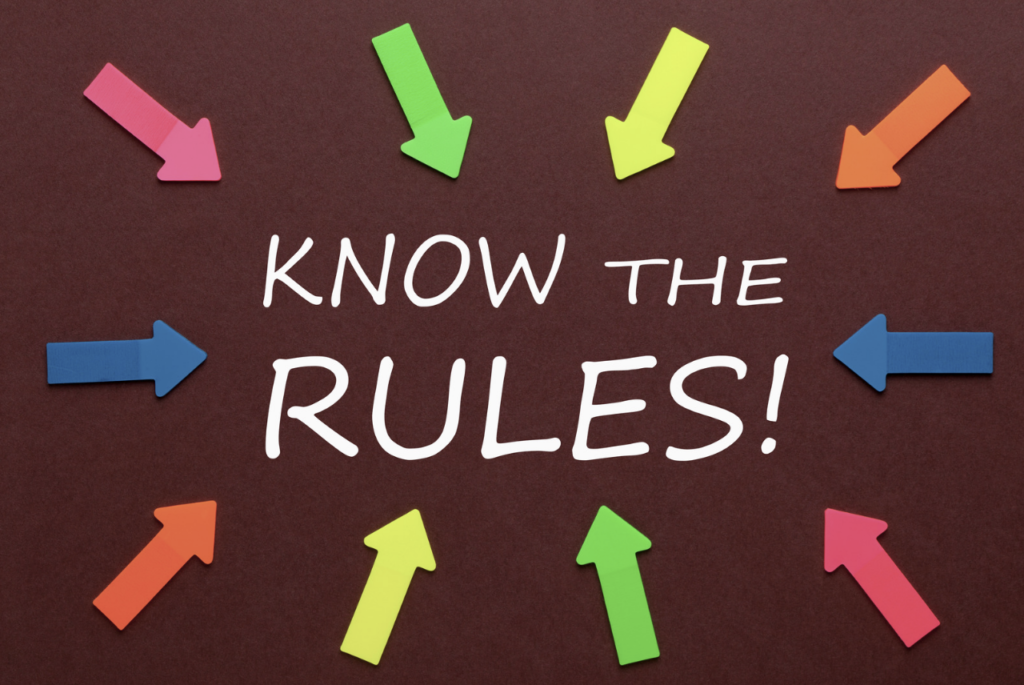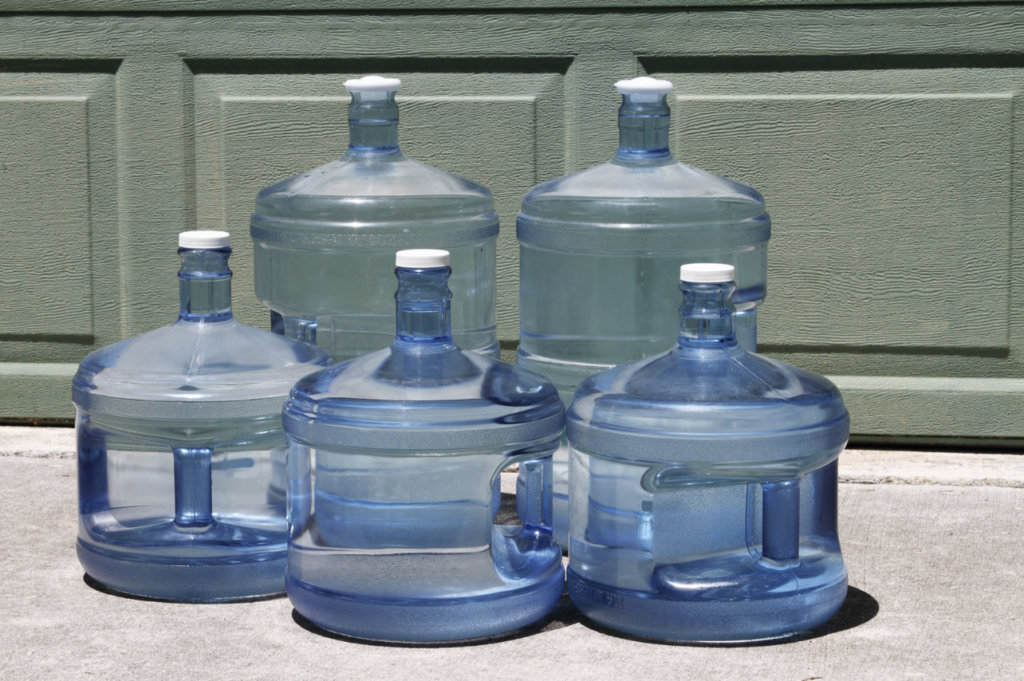In times of crisis or emergency, ensuring that our families are well-fed and nourished becomes paramount. While stocking up on food is essential, equally crucial is having a plan for how to utilize those provisions effectively. In this blog post, we’ll explore the importance of meal planning during emergencies, methods for documenting your meal plans, and essential guidelines to remember. Plus, we’ll introduce a simple meal planning spreadsheet to aid you in your journey towards preparedness.

Why Meal Planning Matters:
- Efficient Resource Utilization: Planning your meals ahead of time enables you to identify exactly what foods you need to store. By knowing your family’s dietary requirements and preferences, you can ensure that your emergency food supply is both adequate and suited to your needs.
- Reduced Stress: During emergencies, having a meal plan eliminates the stress of figuring out what to cook with limited resources. It provides a sense of structure and certainty amidst uncertainty, allowing you to focus on other pressing matters.
- Nutritional Balance: Meal planning facilitates the creation of balanced and nutritious meals, ensuring that your family receives the essential nutrients they need to stay healthy during challenging times.
Methods for Documenting Meal Plans:
- Traditional Planner: Use a pen and paper or a physical planner to jot down your meal ideas for each day or week. This method allows for flexibility and customization according to your family’s preferences.
- Digital Apps: Explore meal planning apps that offer features such as recipe databases, grocery list generation, and meal scheduling. These apps streamline the planning process and provide convenient access to your meal plans from any device.
- Spreadsheet: Create a meal planning spreadsheet to organize your meals, ingredients, and quantities. This method allows for easy customization and adjustment, making it ideal for emergency preparedness purposes.
Introducing the Meal Planning Spreadsheet:
To assist you in your meal planning journey, I’ve developed a simple yet effective meal planning spreadsheet. This tool enables you to document your meal plans, track necessary ingredients, and ensure that your emergency food supply aligns with your family’s needs. Feel free to access the spreadsheet [here] to get started on your path to preparedness.

Top 3 Rules for Emergency Meal Planning:
- Variety: Incorporate a diverse range of foods into your meal plans to ensure nutritional adequacy and prevent food fatigue.
- Practicality: Choose recipes that are simple to prepare, require minimal ingredients, and can be made using stored provisions. Focus on meals that are hearty, filling, and easy to cook under challenging circumstances.
- Flexibility: Remain adaptable and open to adjustments in your meal plans based on changing circumstances or resource availability. Having alternative options and improvisation skills can be invaluable during emergencies.
Don’t Forget Water:

In addition to meal planning, remember to store an adequate supply of water for your family. Ensure that water is stored in appropriate containers, and consider investing in water filters or purifying tablets/drops to ensure access to clean drinking water in emergencies.

In conclusion, by embracing the practice of meal planning for emergency preparedness, we empower ourselves to better care for our families in times of need. Start planning your emergency meals today, and take proactive steps towards ensuring the health, well-being, and resilience of your loved ones.
Let’s nourish our families with love, foresight, and preparedness.